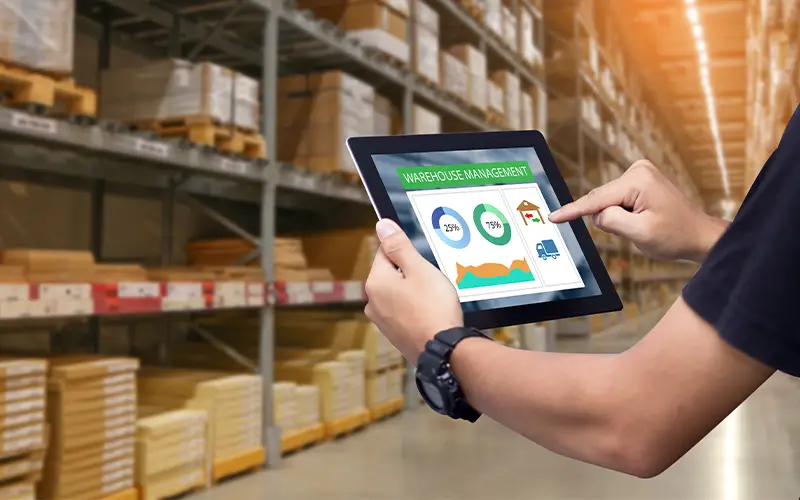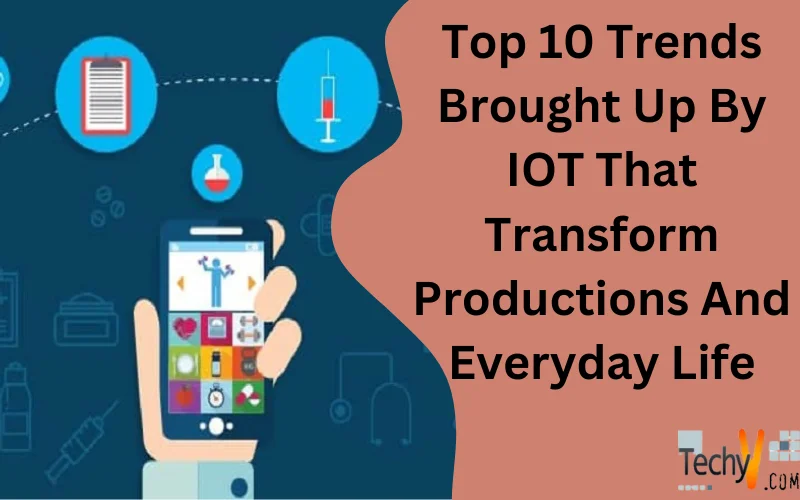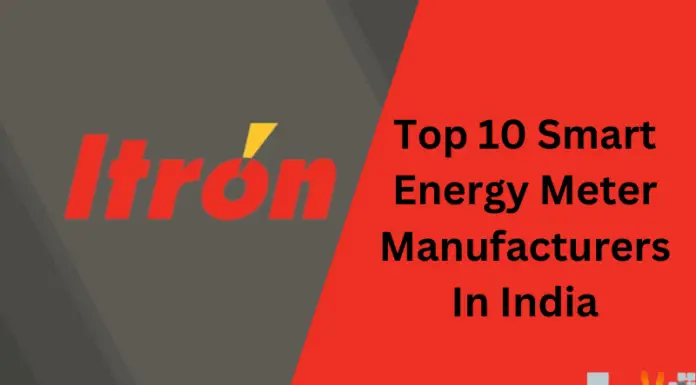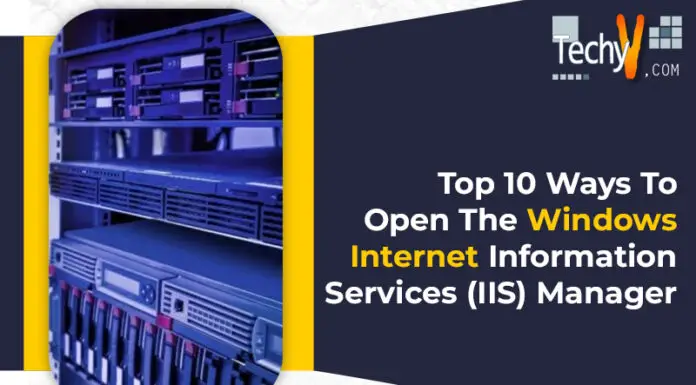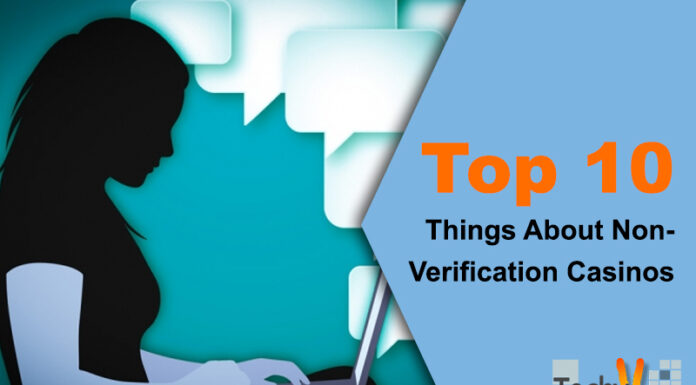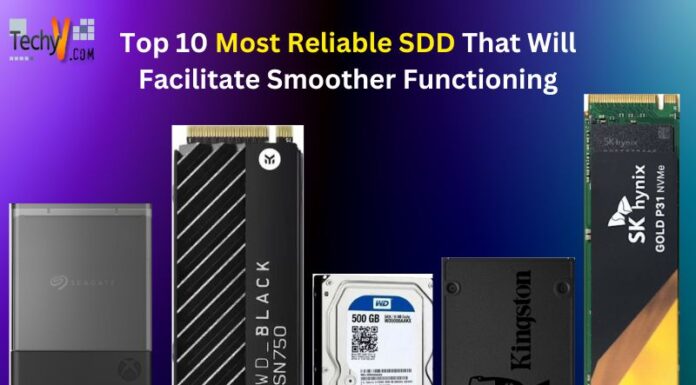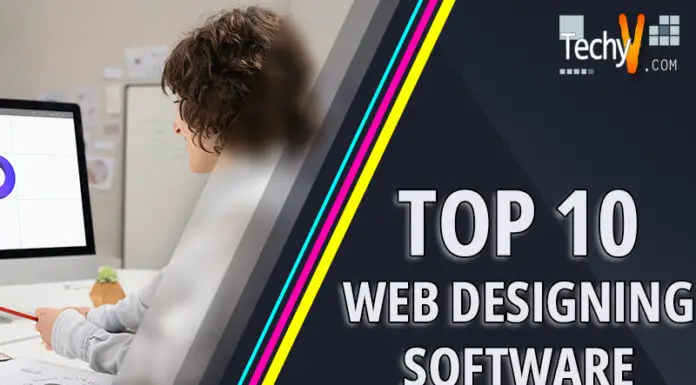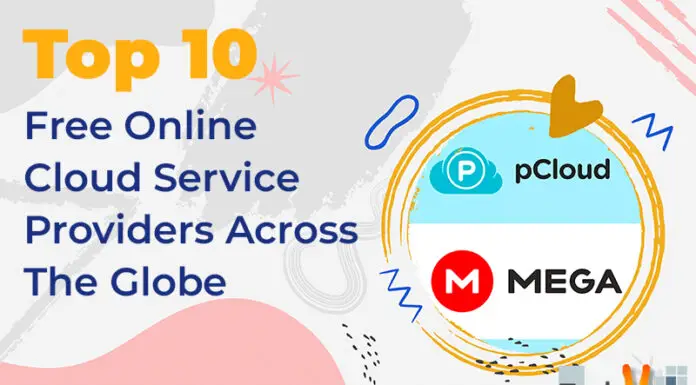Before we delve into the Top 10 trends brought up by IOT, let’s first discuss what IOT or Information of Things exactly is. The Internet of Things integrates everyday ‘things’ with the Internet, be it toothbrushes, cars, fire alarms or machines that can use sensors to collect data and respond intelligently to users. Computer Engineers have been adding inexpensive computer chips, sensors, and processors to these everyday devices, thanks to which we now have billions of devices connected to the internet. Involving IOT improves the quality of life and thus transforms productions and everyday tasks. IOT allows an individual to indulge in better communication, which saves time and enables them to become more productive, being released from unnecessary workloads. It provides the automation of processes and makes data-driven decisions. The Top 10 trends brought up by IOT are:
1. Smart Energy
Powered by IOT, intelligent energy solutions aim to address the issue with the current supply model, which is the significant energy wastage between production and the final consumer. These systems adapt to efficient management of energy depending on customer needs and promote the use of eco-friendly, sustainable energy sources, emphasizing environmental sustainability.
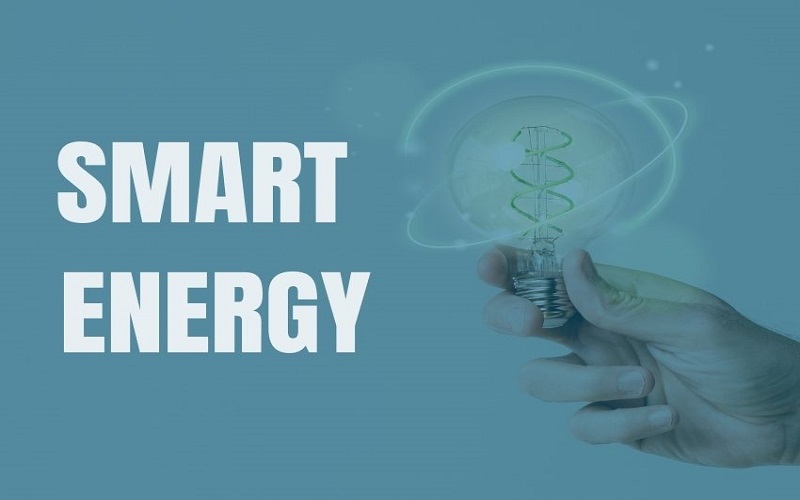
2. Smart Cities
IoT applications enhance urban planning and infrastructure maintenance, aiding the government to tackle problems related to traffic, parking, water-level monitoring, and environment management. They serve various purposes, including monitoring air quality, cutting energy costs with smart lighting systems and identifying maintenance requirements for vital infrastructures like roads and bridges. Smart streetlights serve as versatile platforms for IoT solutions. They can host a range of sensors to detect weather conditions, monitor traffic, provide public Wi-Fi, and facilitate surveillance.

3. Smart Homes
IoT-connected smart home devices primarily enhance home efficiency, safety, and networking. For example, IoT smoke detectors can detect excessive smoke from cooking, while security systems like door locks, cameras, and water leak detectors prevent threats and notify homeowners. The rise of digital assistants like Google Assistant, Alexa, or Siri is also part of building smart homes. IoT smart home devices also power down switches not in use automatically, locating lost items like keys or wallets and automating daily chores like vacuuming or coffee preparation.
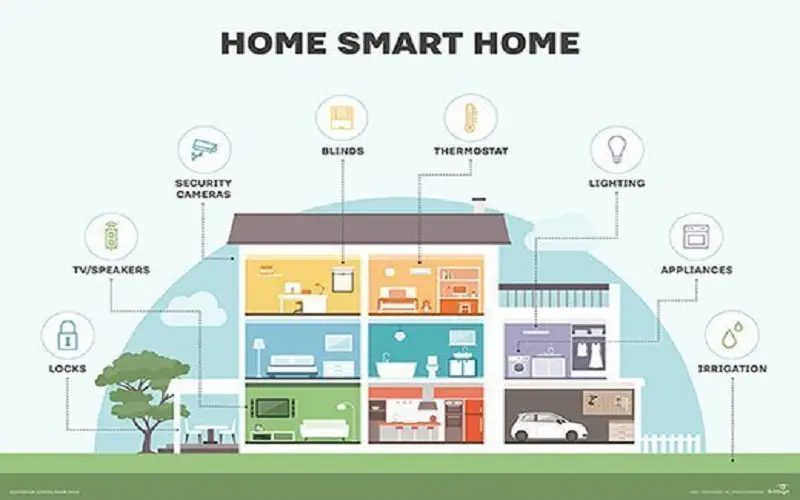
4. Connected Cars
Vehicles like cars can be internet-connected in various ways, such as using smart dashcams, infotainment systems, or the vehicle’s built-in gateway. These devices gather data from multiple sources, including the accelerator, brakes, speedometer, odometer, wheels, and fuel tanks, to monitor driver behavior and vehicle condition. Connected cars serve multiple purposes, enabling parents to monitor their children’s driving habits, automatically notifying friends and family in case of a car accident and anticipating and preventing vehicle maintenance requirements.
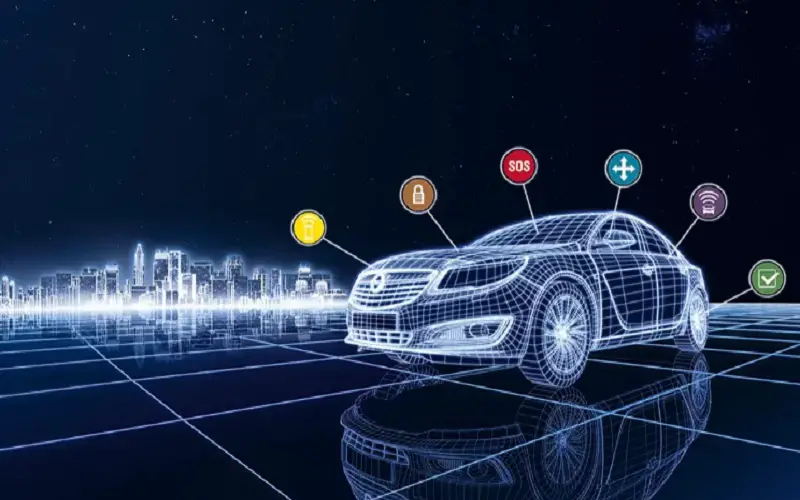
5. Smart Buildings
Various buildings like college campuses and commercial buildings employ IoT applications to enhance operational efficiency. In smart buildings, IoT devices are utilized for decreasing energy usage, cutting down maintenance expenses and maximizing workspace utilization.
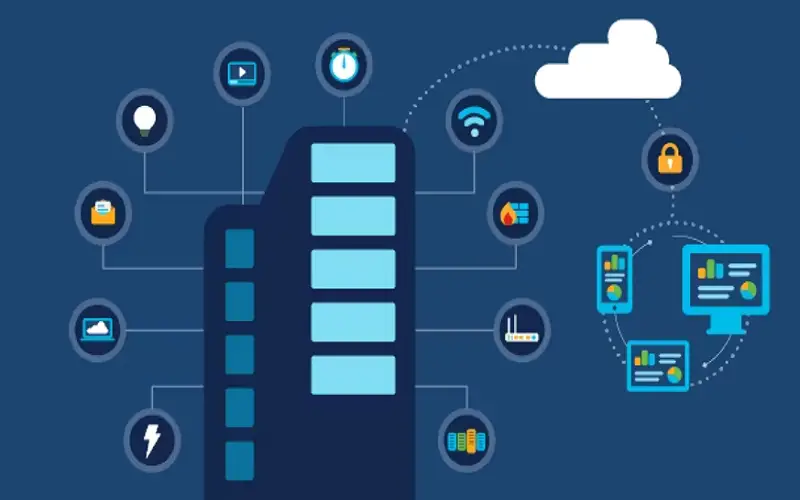
6. IoT Technology In Healthcare
There are also plenty of traditional IoT use cases such as hospital-room sensors and wearable trackers that send information to doctors and hospitals in real-time, allowing for continuous monitoring of vital signs and conditions. This technology helps in the early detection of health issues, remote patient care, and personalized treatment plans. It also enables seniors to live independently longer with safety features like fall detection. IoT in healthcare improves patient outcomes, reduces hospital stays, and enhances overall healthcare efficiency, making it a crucial tool in modern healthcare The evolution of this technology has accelerated due to the spread of COVID-19.
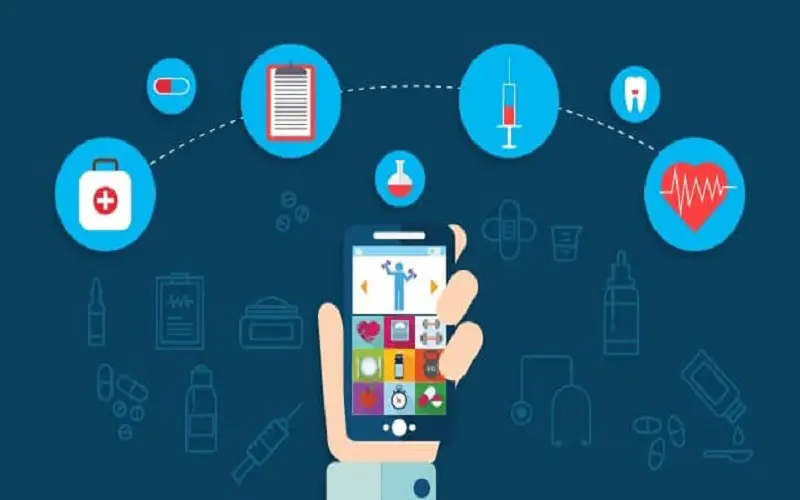
7. Wearable IOT Technology
Wearable IoT devices like smartwatches, smart rings, earbuds, and AR/VR headsets are at the forefront of technological advancement, with even more exciting developments on the horizon. These devices can monitor vital signs, enabling real-time tracking of patient health as well as sleep patterns of the individual. They can automatically signal for help during emergencies and provide invaluable continuous health records. This potential for seamless and remote patient monitoring can revolutionize healthcare, offering improved patient care, faster response times, and enhanced overall well-being.
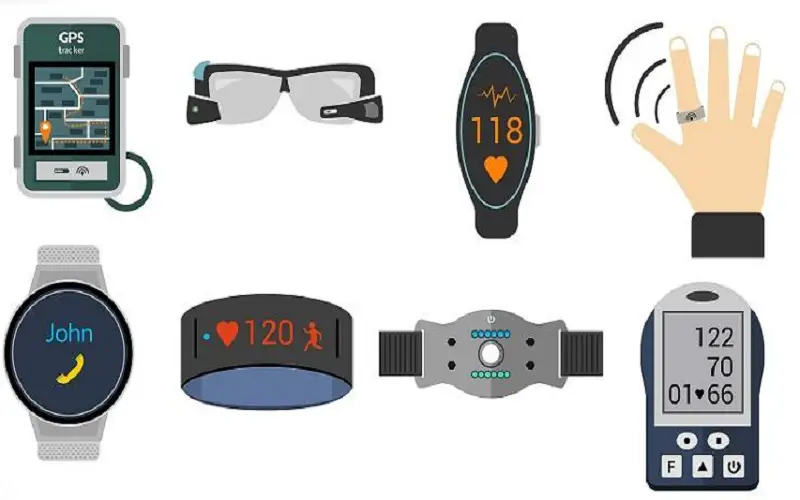
8. Advanced Mobile Networks
IoT combined with 5G tech links IoT devices with super-fast 5G networks, making significant improvements in IoT. 5G offers speedy, reliable connections with low delays and high data capacity, letting IoT gadgets share real-time data easily. This is super useful for self-driving cars, remote surgery, and virtual reality. BMW uses this tech to make their cars smarter. They get real-time traffic and weather info, so you can drive better routes. Plus, cars can get updates over the air, so they keep getting better without going to the shop. It’s a great example of how IoT and 5G are changing cars and pushing innovation.
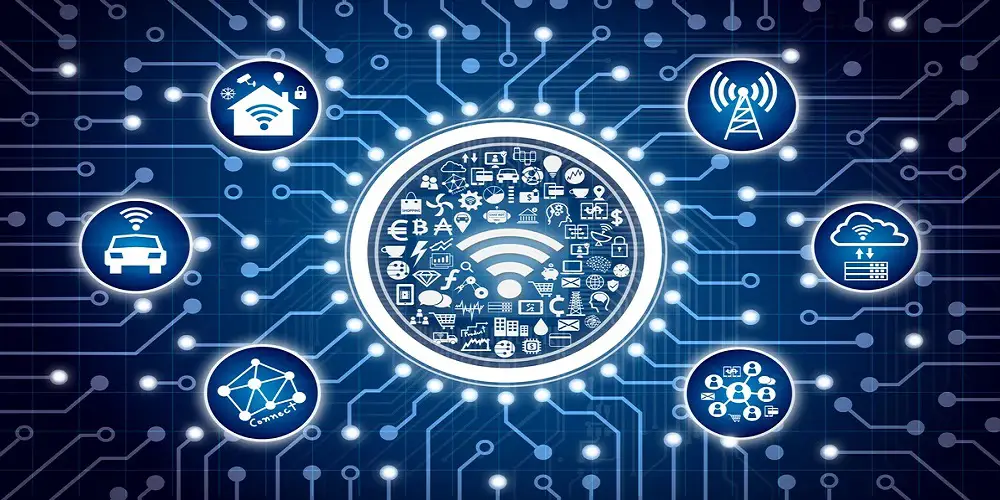
9. Smart Repair And Maintenance
The Internet of Things (IoT) is a powerful tool for collecting data about how machines work. Connected devices and machinery send this data to applications that can monitor operations in real-time. When something goes wrong in manufacturing, IoT helps predict it, which reduces costs for customers and keeps machines running smoothly. For instance, GE’s Pune facility uses IoT to predict when industrial equipment needs maintenance. This saves them $1 million and makes the equipment work 15% better. IoT allows organizations to predict maintenance needs, reducing downtime and saving money. It’s a significant trend in manufacturing for efficient equipment upkeep.
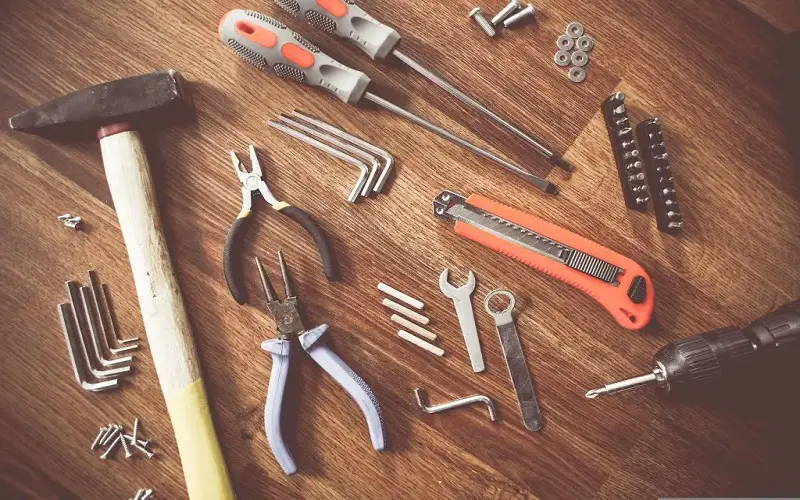
10. Accurate Inventory Planning And Forecasting
Manufacturing departments can predict inventory shortages by collecting and analyzing data. This helps them plan inventory levels, saving money and ensuring efficiency. For example, Hardware companies use IoT to track orders and shipping status, giving real-time sales data. This helps them restock inventory faster, resulting in higher cost savings percentages. Forecasting is an essential tool for improving production ways, which is done using data-driven strategies and market conditions, reducing uncertainty and risks.
